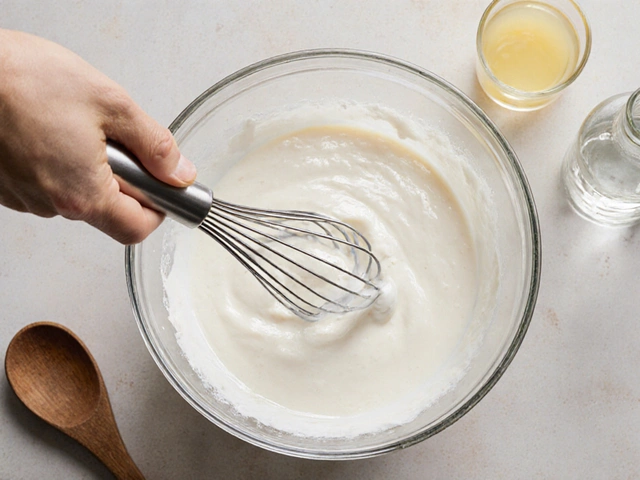Classic Fudge Ingredients: Your Quick Start Guide
If you want fudge that melts in your mouth, start with the right basics. The classic combo is simple: sugar, butter, milk (or cream), chocolate, and vanilla. No exotic stuff, just pantry staples you probably already have. Knowing the role each ingredient plays will make the whole process smoother.
Why Each Ingredient Matters
Sugar is the backbone. Granulated white sugar gives fudge its sweet backbone and helps it set when it cools. Use regular granulated sugar – it dissolves best and gives a smooth texture.
Butter adds richness and helps the fudge stay soft. Real butter (not margarine) provides a creamy mouthfeel and helps prevent a grainy finish.
Milk or Cream supplies the liquid you need to dissolve the sugar and carry the heat. Whole milk works fine, but heavy cream makes the fudge extra silky because of its higher fat content.
Chocolate is the star. Choose good-quality semi‑sweet or dark chocolate chips, or melt a chocolate bar. The cocoa butter in chocolate gives that glossy shine and deep flavor.
Vanilla extract rounds out the taste. A teaspoon of pure vanilla adds depth without overpowering the chocolate.
Step‑by‑Step Ingredient Tips
Start by measuring everything accurately. A kitchen scale is best, but measuring cups work if you level them. Combine sugar, butter, and milk in a heavy saucepan. Heat over medium‑low, stirring constantly, until the sugar fully dissolves. This usually takes about 5 minutes.
Next, bring the mixture to a rolling boil. Keep an eye on it – you want a steady boil, not a frantic bubble. Let it boil for exactly 5 minutes; use a timer. This timing is crucial for the right crystal formation that gives fudge its smooth texture.
After the boil, remove the pan from heat. Add the chocolate and stir until it’s completely melted. Then stir in the vanilla. If you see any lumps, keep stirring; the heat will melt them away.
Now comes the important part: cooling. Let the fudge sit at room temperature for about 15 minutes, then pour it into a greased pan. For a perfect cut, let it chill in the fridge for at least an hour before slicing.
And if your fudge ends up grainy or too soft, don’t panic. Grainy fudge usually means the sugar crystals formed too early. You can rescue it by reheating gently and adding a splash of cream. Too soft fudge often needs a few extra minutes of boil.
The beauty of classic fudge ingredients is that they’re forgiving. With these basics and a few practical tricks, you can whip up batch after batch of silky, sweet fudge without any fuss.






